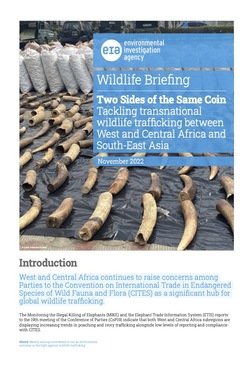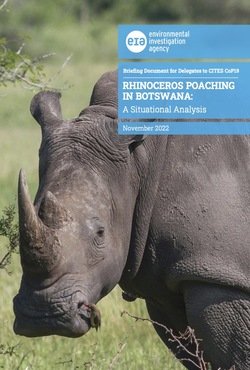By Annika Mozer and Stefan Prost
Illegal Wildlife Trade (IWT) is among the most lucrative illegal industries in the world. Its consequences go far beyond direct effects on the species in trade. In this review, we outline the basics of IWT and discuss its cascading consequences on environments, human lives and communities, national stability, and the economy. In addition, we outline structures used in IWT, from subsistence and local use to more complicated configurations, which can include multiple players. Furthermore, while a small fraction of poaching is opportunistic, most of the international IWT is run by organised crime groups. We outline how IWT can be associated with many different crimes like drug trafficking, corruption, or whitewashing. Additionally, many studies have observed a rapidly increasing trend of online trade with endangered and protected species. Moreover, this review gives a short overview of the situation in the European Union (EU) regarding laws and implementation of CITES and highlights that the EU acts as a major source, transit hub, and consumer in IWT. To address the highly dynamic and complicated problem of IWT, research, knowledge exchange, funding, and collaborations in all fields are necessary.
Forensic Science International: Animals and Environments. Volume 3, December 2023





















